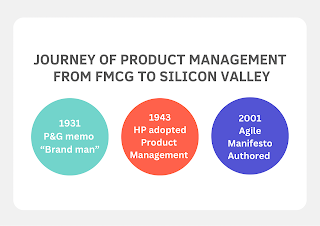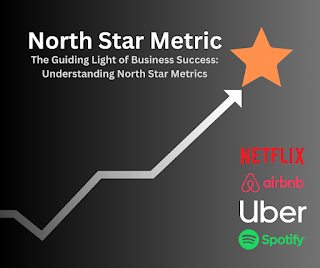The Journey of Product Management: From FMCG to Silicon Valley

Product management, a role that is now pivotal in the tech industry, has a rich history that dates back to the early 20th century. It all started with a memo at Procter & Gamble (P&G), an FMCG company, and eventually found its way into tech giants like HP, Intuit, Microsoft, Google, and many others in Silicon Valley. The Birth of Product Management at P&G In 1931, Neil H. McElroy, a junior executive at P&G, penned a memo that would lay the foundation for modern product management. Frustrated with the internal competition between P&G's soap brands, McElroy proposed a new role, the "Brand Man," who would take complete responsibility for a brand, including its promotion, sales, and even product wrapper revisions. The "Brand Man" was not just a marketing or advertising role; it was a radical shift in management, moving decision-making closer to the customer. McElroy's idea was to have these "brand men" understand the problems of t...
